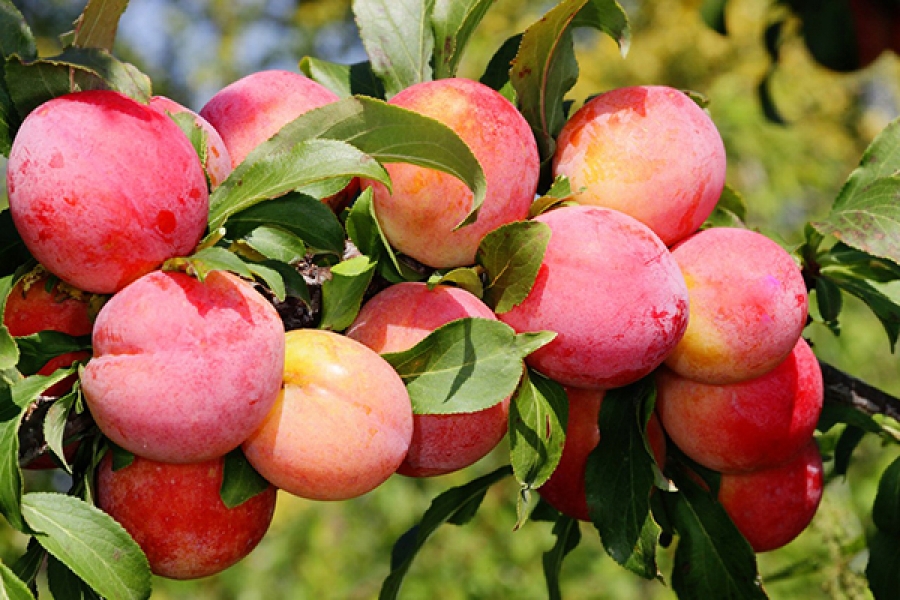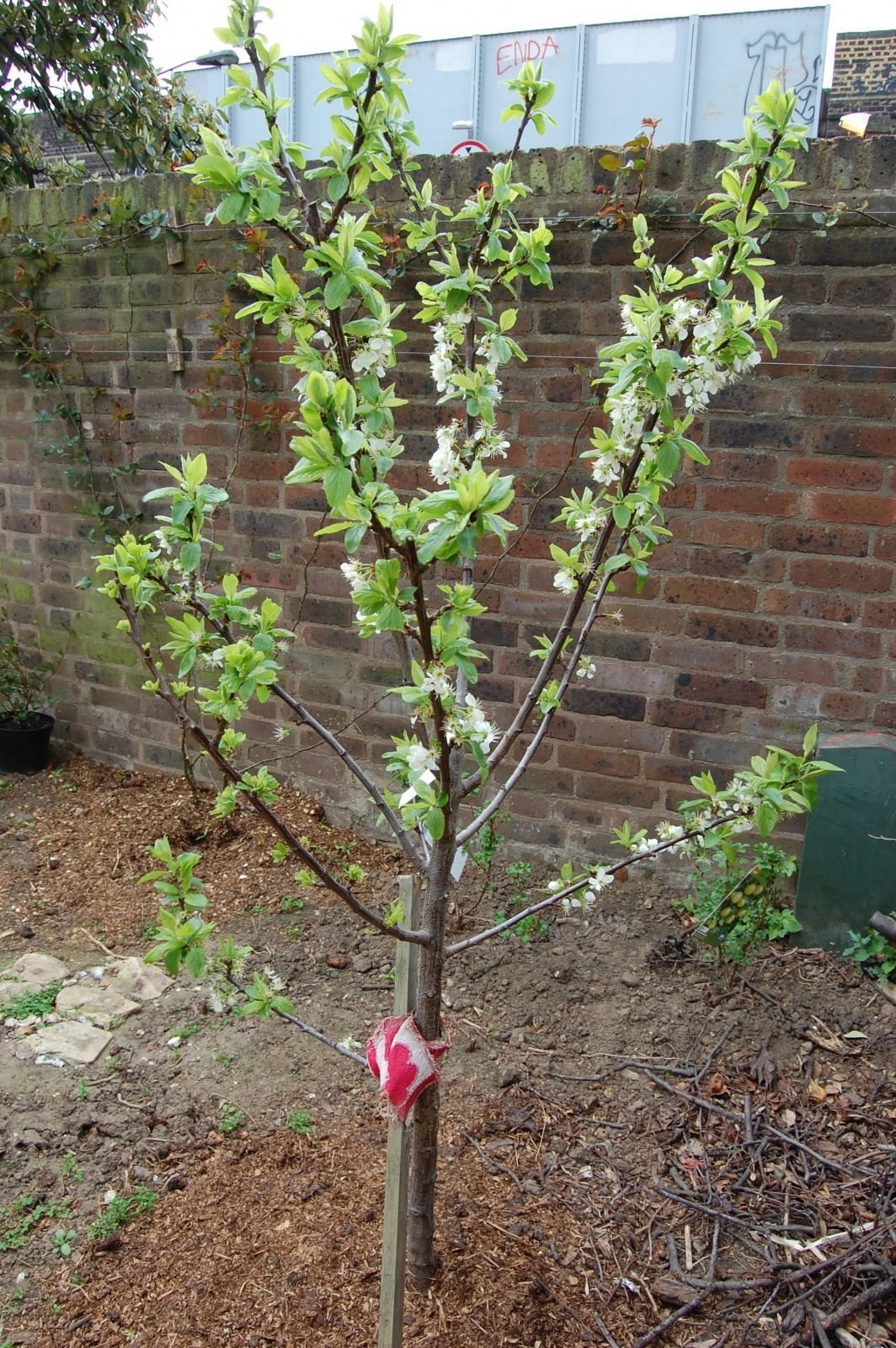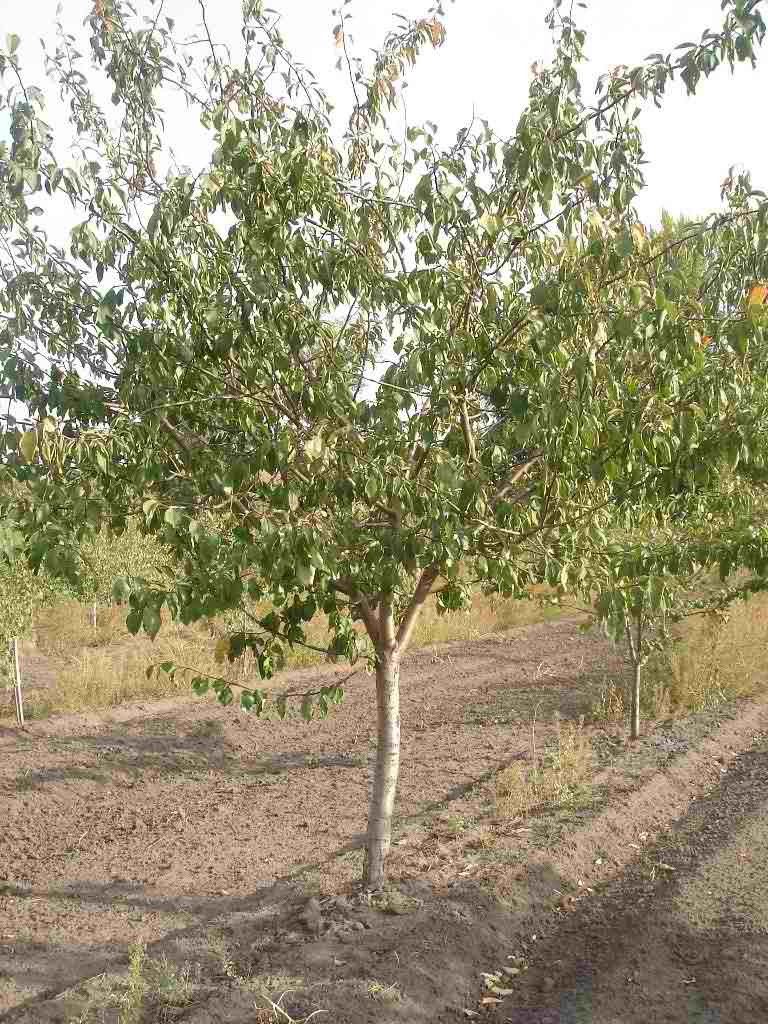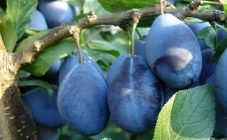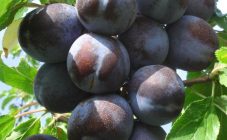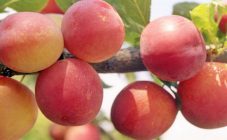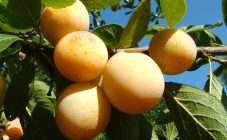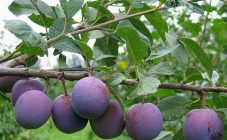Content:
Today it is difficult to find a novice gardener who, at least once in his life, has not tried to grow such a famous fruit tree as a plum on his site. This culture attracts lovers to feast on plum fruits, which is explained by the originality of their taste, as well as the versatility of the plant itself and unpretentious care. And although the plum is classified as a thermophilic crop, there are many of its hybrids, bred by breeders specifically for the regions of the Urals and Siberia.
An excellent confirmation of this is the Altai Yubileinaya plum, which is capable of bearing fruit in the harsh Siberian conditions and at the same time bringing a bountiful harvest. This variety originates from the well-known cultures of Manchurian prunes and Immunnaya plums, for which Altai has been a habitual place of growth for many years.
After the official recognition, the Yubileinaya plum variety immediately won the title of a particularly valuable Siberian species, and in 1974 it was entered into the State Register. Experts who cultivate this plant recommend it for use not only in the regions of Siberia and the northern Urals, but also in the territories of Kazakhstan, for example.
Specifications
In order to describe the variety Altai plum golden, it is enough to characterize it as follows:
- The culture is a tree with a spreading crown of a traditional oval shape and medium density, growing on many branches of a brown-gray color.
- The leaves of the Altai plum are large enough (their average size is 12.5x7 cm) and have a light green color with a dull shade.
- Its petiole is of medium length and darkish color, and the buds appearing on it, when swelling, give 2-3 flowers, opening slightly earlier than the leaves.
Regarding the fruits of the Altai plum, it should be said that they weigh on average 14-16 grams and have a slightly blunt (with a slight roundness) shape. At the same time, a pronounced seam in the form of a thin groove is clearly visible on them. These characteristics can be supplemented with the following important details:
- The color of the fruit is yellow with a bright orange blush and a slightly distinguishable wax coating.
- Their skin is quite soft, not giving off a bitterness when eaten.
- The pulp of plum fruits is very juicy and tasty.
Plum Jubilee, with a description of which can be found in this section, belongs to medium early varieties, since its fruits usually ripen by mid-August (and sometimes a little later). Throughout her life she bears a harvest only after the first 3-4 years. The versatility of this garden tree is manifested in the following possibilities:
- Simplicity of care and ease of collection of ripe fruits.
- Acceptability of use for the preparation of a variety of long-term storage sweets (preserves, jams, compotes, etc.).
- Possibility of transportation over short distances.
This type of plum is not adapted to long-term storage and transportation over long distances.
Agrotechnics
Preparation and selection of seedlings
The yield of this variety largely depends on the quality of the initial planting material, which is recommended to be purchased at points of sale in early spring. When choosing saplings of the Altai plum, experts advise adhering to the following rules:
- It should start with an assessment of its stem and roots, which should not show signs of any disease or damage.
- Each plum seedling must be labeled with information about both the variety and its producer.
- The root system of an uncontaminated young plant is usually light in color and does not have suspicious painful spots.
It is also necessary to pay attention to the height of the selected seedlings, by the value of which one can judge their suitability for subsequent cultivation. For one-year planting material, competently grown from a plum seed, the height should be at least 1.5 meters (if the indicator is insufficient, it is better to abandon this sample).
The flavoring condition of the fruits of the plum plant depends on compliance with the rules of its cultivation and the climate in the area. Therefore, professionals advise to breed only varieties bred specifically for a particular region in the garden.
Landing
Plum trees are usually planted at a distance of about 2-3 meters from other garden crops on flat and little snow in winter areas. The best time for planting plum seedlings in the regions of Siberia and the Urals is spring or early autumn. When disembarking them, you must adhere to the following sequence of actions:
- First, pits are pulled out in the ground, about 50 cm deep, and about 60-100 cm wide.
- After that, the required amounts of superphosphate, lime and potassium are placed in them, which are then mixed with the ground (the laying rate is given in the instructions for using organic fertilizers).
- Upon completion of fertilization, the seedling is first shortened by about 30-50 percent, and then placed in a pit and mulched with an organic mixture in conjunction with the previously reclaimed soil.
- Immediately after this, the tree should be spilled abundantly with two or three buckets of well-settled water.
- In areas located in lowlands, the plum must be planted on elevations (mounds), up to 200 cm wide and about 50 cm high.
- After fertilization, a small depression is made in the center of the elevation, where fertile soil is placed, and sand mixed with gravel is placed along its borders.
The fences knocked out of the boards are first filled with pre-fertilized soil, after which the plum trees themselves are planted in their inner part.
Seedling care
In the spring, this variety of plums will definitely require sanitization, consisting in cutting off branches, the growth of which stops due to old age or illness. For a constantly bearing tree, the circumcision procedure is carried out only once every 2-3 years. At the same time, one-year branches are left intact, and a special protective pitch is applied to the open cuts formed when cutting to healthy wood.
Upon completion of the sanitization, the already cut trees are fed with nutritious compounds, and then watered abundantly. After planting, Altai plum is not fertilized for 3-4 years. Only with the beginning of fruiting can you begin to feed it, which will require 7 kg of organic matter mixed with 100 grams of ash.
Let us add to this the obligation of third-party transfer of pollen to the blossoming plum stalks, since the culture in question does not have self-pollination.
Advantages and disadvantages
Among the indisputable advantages of the Yubileynaya plum variety are usually the following positive qualities:
- Delicious ripe fruit taste.
- Excellent yield indicators.
- Good resistance to severe frost.
- The ability to resist many fetal diseases (clasterosporium disease, in particular).
The relative disadvantages of this type of horticultural crops are considered to be a poor indicator of the transportability of finished plum fruits, as well as low drought resistance. To this should be added one more inconvenience, consisting in the fact that this variety necessarily requires a third-party pollinator, as well as its weak protection from the seed eater.
In the final part of the review, we note that the agricultural technology of the Altayskaya Yubileinaya plum is quite suitable in order to breed it in various regions of Russia. This opportunity is fully used by domestic lovers of fruit plants, not only in the north of the country, but also in many other areas.
